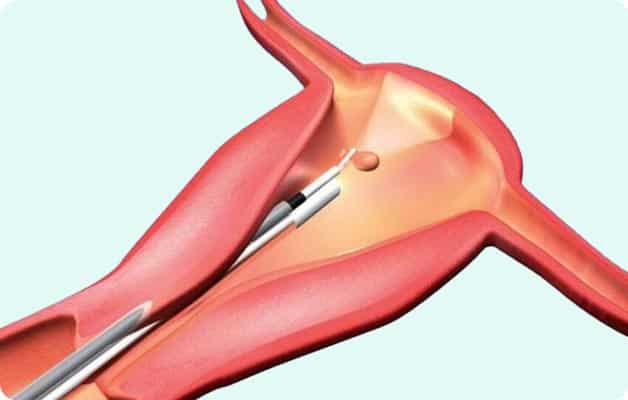Age significantly impacts menstrual patterns, with changes occurring at different life stages:
- Puberty:
- Menstruation begins during puberty (ages 9 to 16), with initial irregularities as the reproductive system matures.
- Adolescence:
- Menstrual cycles stabilize, but variations may persist for a few years after the first period.
- Reproductive Years (20s to 40s):
- Cycles are generally regular, lasting 21 to 35 days, with bleeding for 2 to 7 days.
- Mid-30s and Beyond:
- Mid-30s bring hormonal fluctuations, leading to potential irregularities in flow and frequency.
- Perimenopause:
- In the late 40s, perimenopause sees increased irregularities, skipped periods, and changes in bleeding.
- Menopause:
- Officially reached when no menstruation occurs for 12 consecutive months; bleeding ceases.
- Postmenopause:
- Postmenopausal women no longer experience menstrual cycles but should monitor unexpected bleeding.
- Pregnancy and Postpartum:
- Pregnancy halts cycles temporarily, and the return of menstruation postpartum varies.
- Hormonal Contraception:
- Methods like birth control may influence menstrual patterns, leading to lighter or regular periods.
Individual variations exist, influenced by genetics, health, and lifestyle. Consult a healthcare provider for deviations from normal patterns, ensuring timely monitoring and addressing menstrual health concerns across life stages.
For additional details, seek guidance from Dr. Arohi Tasgaonkar, recognized as one of the top Gynaecologists in Thane.



